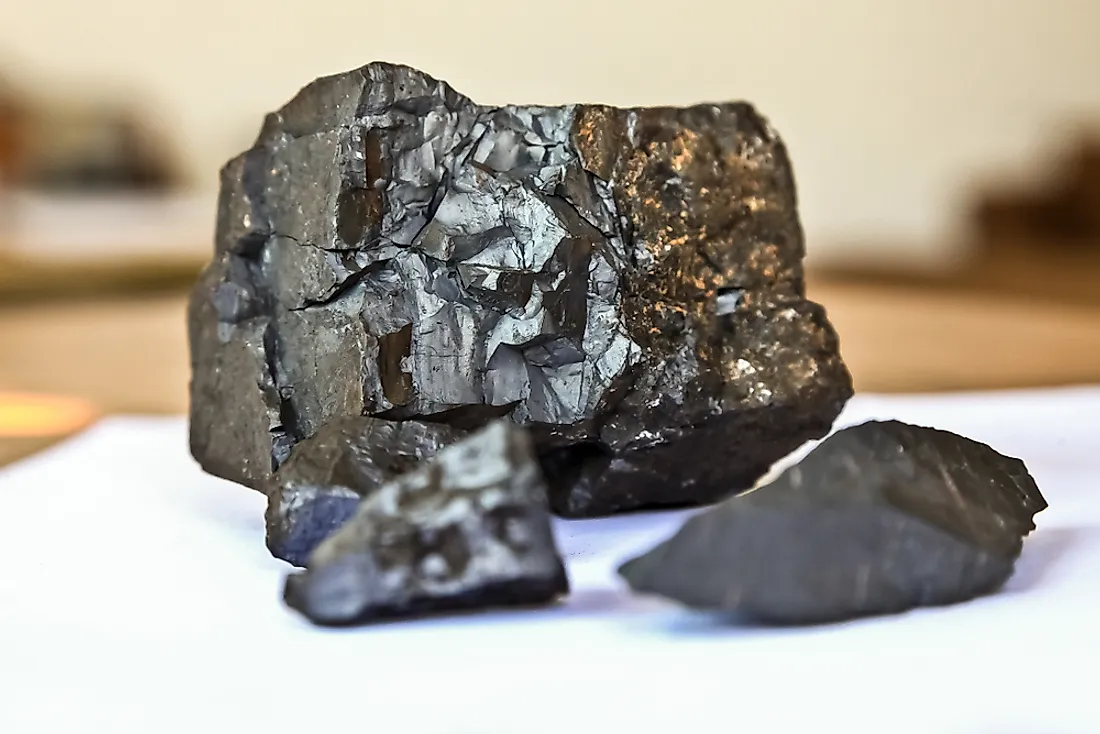What Are The Sources Of Exposure To Manganese In The Environment?

Manganese is a chemical element occurring in nature as a compound together with another element, usually iron. The element’s atomic number is 25 and its chemical symbol is Mn. Manganese has a lot of applications in different fields such as industrial uses. In industries, it is mainly used to prevent corrosion and rusting of steel. Biology uses the element as a cofactor for a large number of enzymes. Despite its numerous applications, too much exposure to the element is actually harmful. While its toxicity is less potent than that of other elements, exposure exceeding 5 mg/m3 is extremely harmful even for short periods of time. The effects of manganese poisoning include cognitive problems as well as compromising motor skills.
Sources of Exposure to Manganese
Drinking Water
Should manganese occur in water, then its bioavailability is greatly increased compared to when it is taken orally. Essentially, the bioavailability of a substance refers to how easily it is absorbed by the body. For example, medication introduced directly to the blood via injection has 100% bioavailability. Studies have shown that a high content of manganese in drinking water may lead to complications such as intellectual damage as well as a reduced intelligence quotient (IQ) among children who are of school age. The presence of the element in showering water has also been shown to have adverse effects on human beings. Despite its damaging effects, a person can actually recover from these effects over time should the exposure to the element come to a halt.
Manganese in Gasoline
A chemical known as Methylcyclopentadienyl manganese tricarbonyl (MMT) is sometimes added to gasoline in order better the octane rating. Consequently, the engine knock agents are reduced thus prolonging engine life. However, this additive also causes the formation of manganese carbides after the fuel is burnt which leads to damaging of the exhaust valves. In recent times, the use of MMT for gasoline treatment is almost gone now as modern distillation processes of crude oil produce cleaner fuels with much higher octane ratings. In fact, for racing vehicles, any fuel that contains manganese additives is banned. This reduced use and improved distillation processes have seen manganese levels greatly reduced in the world compared to the 1950s.
Tobacco Smoke
The tobacco plant is a good natural absorbent of heavy metals such as manganese. The accumulated heavy metals are usually picked up and absorbed by the plant from the nearby soils. People who smoke tobacco eventually end up inhaling manganese when they smoke tobacco. The studies conducted have shown, however, that there is not much risk, if at all, posed to smokers because the levels of manganese in tobacco are negligible.
Common Neurological Disorders
Manganism
This condition is perhaps the most common associated with the element and is caused by excessive inhalation or ingestion of manganese. Early stages of the condition include symptoms related mostly to behavior while its later stages resemble the symptoms of Parkinson’s disease.
Childhood Developmental Disorders
Children exposed to manganese were found to exhibit symptoms that are related to a lowering of the IQ compared to kids who were not exposed. Symptoms include reduced manual dexterity, problems with identifying objects by sight, reduced short-term memory, and others.











